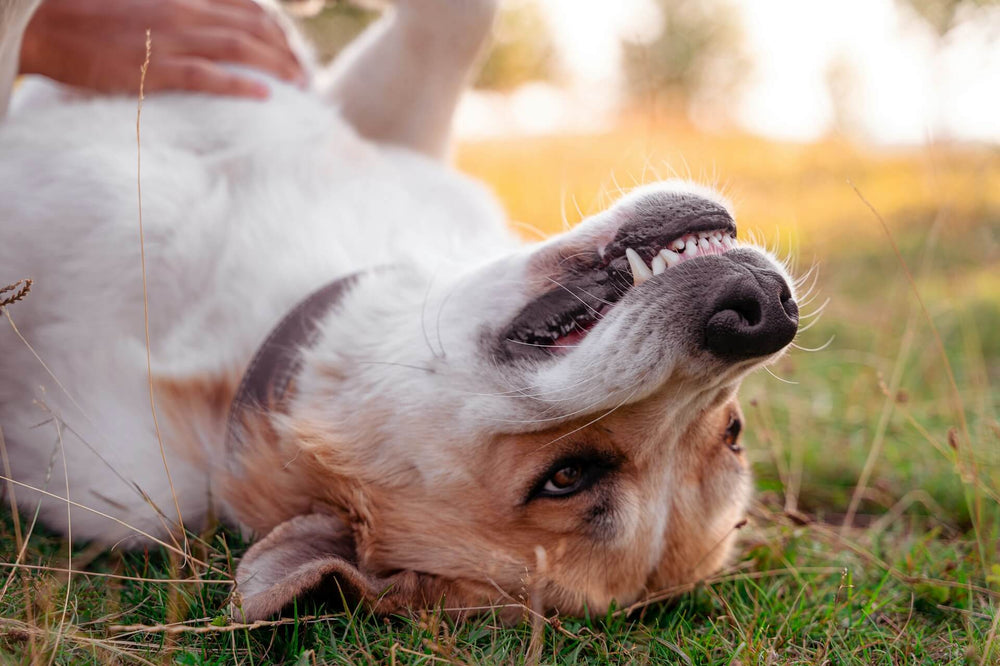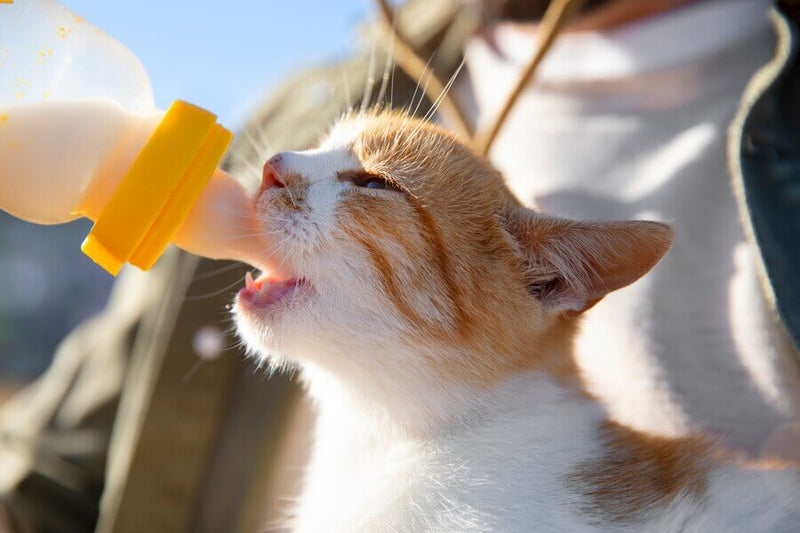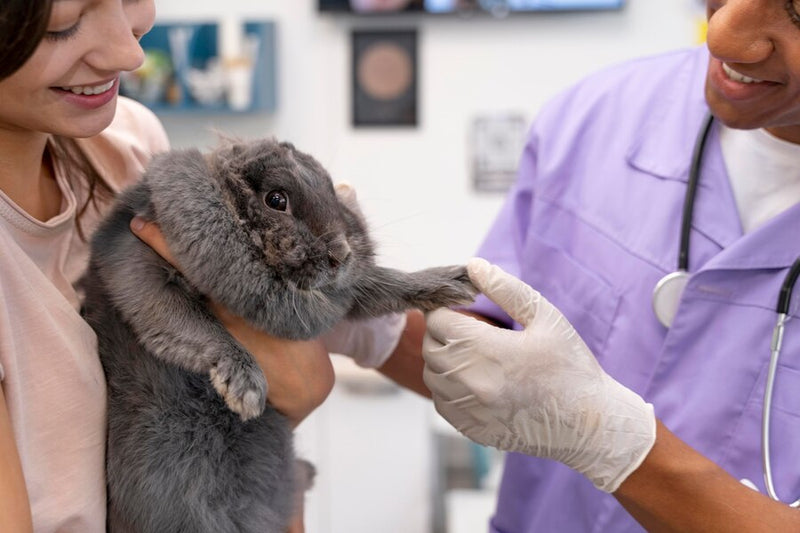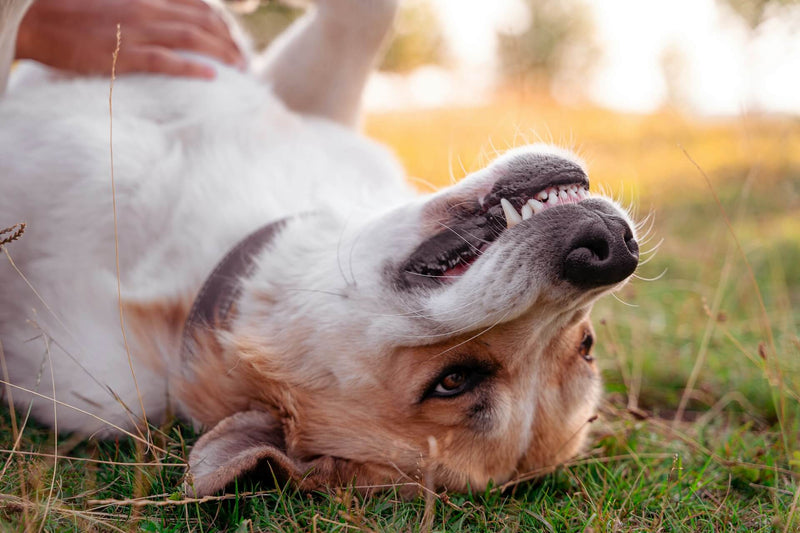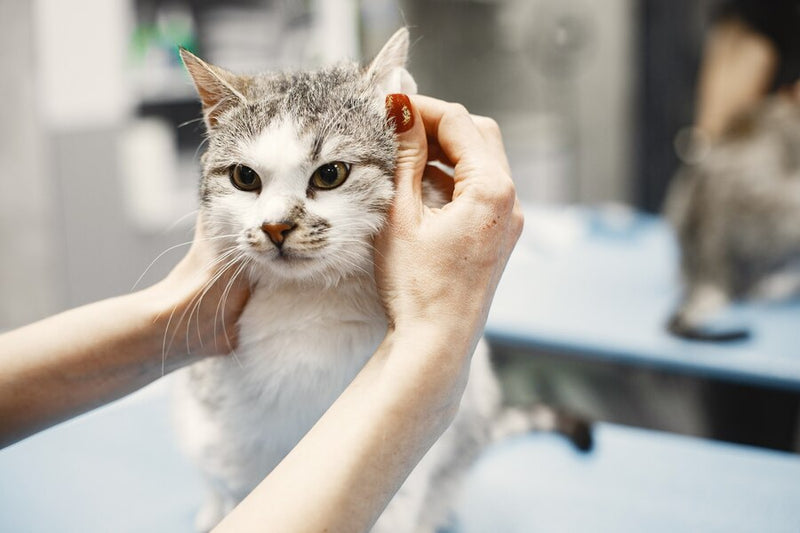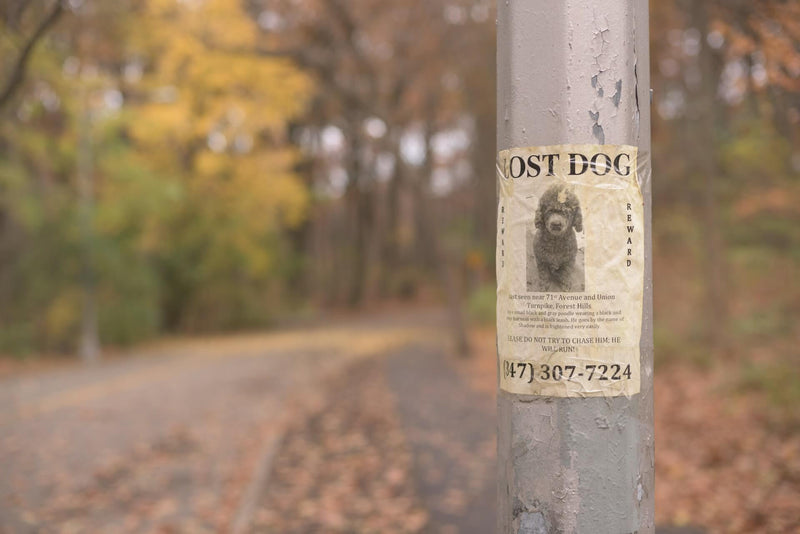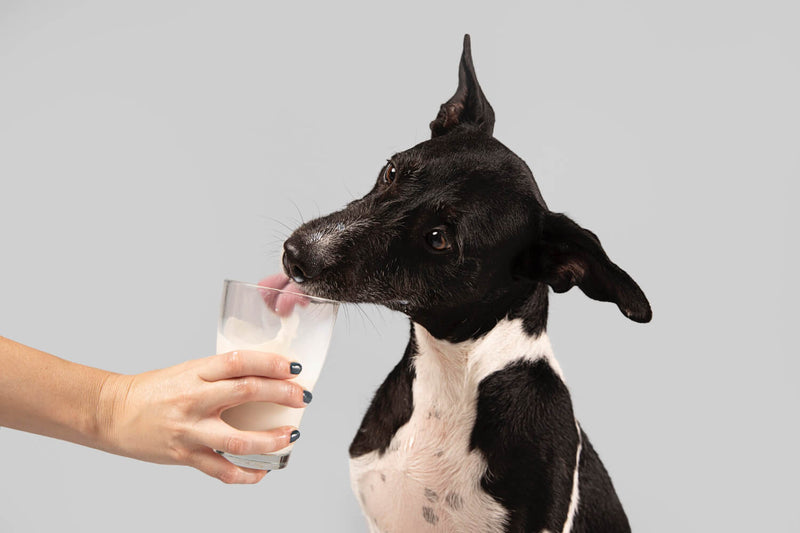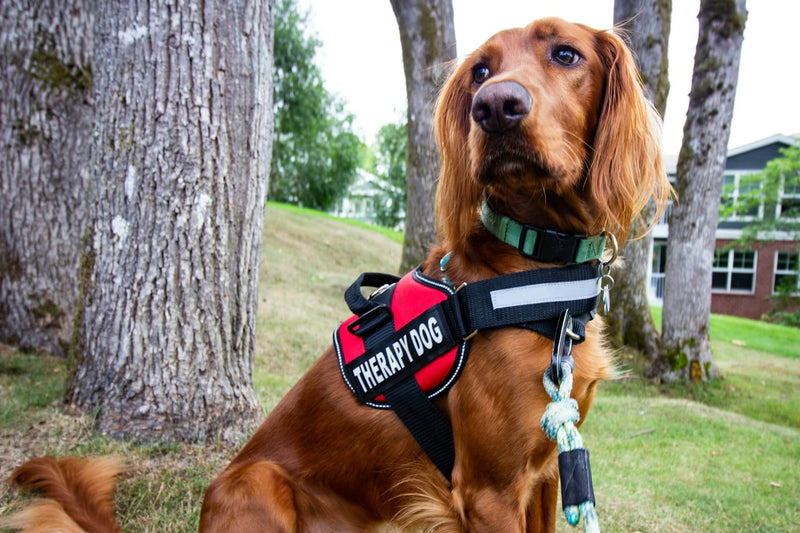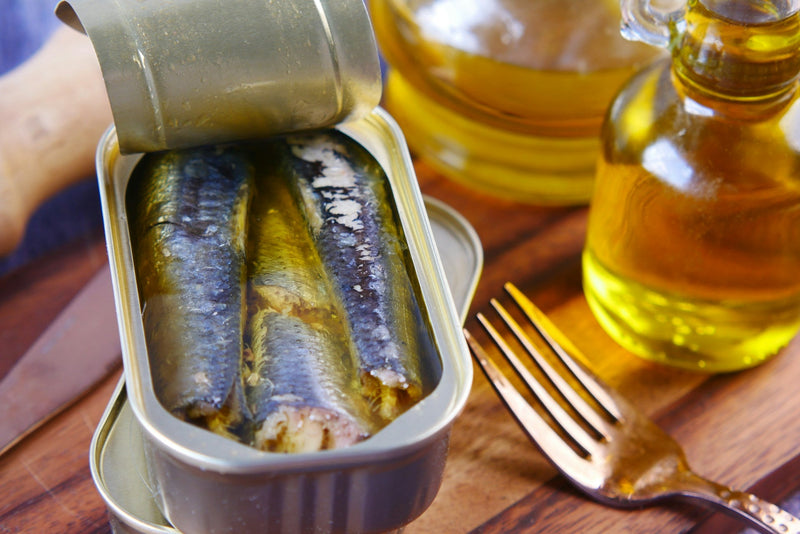
Welcome to Gritty Pet Co.
Your Canadian, specialty Pet Health & Wellness destination. 🇨🇦

Vet Reviewed & Approved
Dr. Ibrar A. is our veterinarian and a key member of our team. ✅
How to Brush Dog Teeth isn't just a routine task—it's a crucial part of keeping your pet healthy and happy. Regular brushing helps prevent painful dental issues, bad breath, and costly vet visits. In this guide, you'll learn straightforward, effective techniques to maintain your dog’s dental health and ensure their long-term well-being.
Key Takeaways
Caring for your dog's teeth is more than just brushing—it’s about ensuring their overall well-being. Here are the most important things you need to know:
Brush Regularly: Aim to brush your dog’s teeth at least 2-3 times a week, ideally daily. Consistent brushing helps prevent painful dental issues and bad breath, adding years to your dog’s life. Start when they’re young to build a positive routine.
Diet Matters: Your dog’s diet plays a crucial role in their dental health. Incorporate dry kibble and crunchy vegetables like carrots to naturally clean teeth. These simple choices can reduce plaque buildup and keep those pearly whites healthy.
Know the Signs: Look for red flags like bad breath, gum redness, or difficulty eating. These symptoms may indicate dental problems that need veterinary attention. Catching issues early can save your dog from pain and you from hefty vet bills.
Taking your dog’s dental care to the next level can have a significant impact on their overall health. Here are the top advanced tips you should know:
Use Dental Treats and Toys: Incorporate dental-specific treats and chew toys into your dog’s routine. These products are designed to reduce plaque and tartar buildup while keeping your dog engaged. They’re a great supplement to regular brushing, especially on busy days.
Professional Cleanings: Regular at-home care is crucial, but don’t skip professional cleanings. Your vet can spot hidden issues and provide a deeper clean that’s hard to achieve at home. Annual dental check-ups are essential for maintaining long-term oral health.

Why Dog Dental Care is Important
Dental health is not just about maintaining a sparkling smile for your furry friend; it directly impacts their overall health and quality of life. Here are some reasons why dog dental care is important:
Prevent tooth loss: Dog dental care will ensure that the teeth-supporting structures remain strong and healthy. This will prevent their teeth to loosen or even fall out.
Prevent dog bad breath : Cleaning your dog’s teeth regularly can help prevent the development of bad odor.
Prevent gum disease: Dog teeth cleaning prevent inflammation and gum infection like gingivitis caused by build-up of bacteria in their mouth.
Prevent oral pain : You know what? Dogs are good at hiding dental pain. Gingivitis and periodontal disease can become painful for dogs. By cleaning your dog's teeth and keeping them healthy, you can prevent oral pain.
Prevent organ damage : Dental problems can actually lead to issues with your dog's organs. The plaque causing bacteria can enter the bloodstream and can spread to the organs like heart, liver, and kidneys.
Save money in the future : Identifying dental health problems early on will help you save huge vet bills and prevent big problems in the future. Good dental hygiene give you peace of mind in the long-run.
Signs of Dental Problems in Dogs
Most pet owners don’t recognize that their dogs have a dental issue until the problem has increased. Here are some signs and symptoms of dental problems in dogs:
Discoloration of teeth or build-up of plaque and tartar
Bad smelling breath
Gum redness or inflammation
Thick saliva
Facial swelling or swelling under the eye
Difficulty eating or loss of appetite
Discomfort, lumps or bleeding around the mouth
Pawing at the mouth
If you notice any signs of dental illness, you should talk to your vet.
How To Brush Dog Teeth ~ Step-by-Step
Establishing an at-home oral care routine is an important part of your dog’s overall health. Regular brushing is the best thing you can do to prevent bad breath and to keep your dog’s mouth in good condition.
Let's take a look at how to brush your dog's teeth:
Assemble your dental kit : Get a toothbrush and toothpaste for your dog. Be sure to buy a canine specific toothbrush and toothpaste. The pH level in a dog’s mouth is different from the pH level in a human’s mouth.
Make it a routine: Try to keep it as your usual time to brush their teeth. It doesn’t matter at what time of the day you brush their teeth. Try to brush your dog’s teeth in the same place in your home and stick to it.
Get your dog used to having their mouth handled: Get your dog used to you touching their mouth and teeth and toothbrushing. If your dog seems upset, stop, and try again later. You may need to get them accustomed to this over a few sessions before moving on. Praise your dog for tolerating this step.
Start brushing the top teeth: Hold the upper lip up and start brushing the front teeth. Praise your dog. Now, work your way back to the molars. You should brush at a 45-degree angle against their teeth.
Start brushing the top teeth: Hold down the bottom lip and brush the bottom teeth. Start with the front teeth, then work your way back to the molars.
Use a circular motion: Brush in small circles over all of the top and bottom teeth. Aim for two minutes total. As you brush their teeth along the gum line, slight light bleeding may occur and that's okay. However, heavy bleeding may be a sign of gum disease. Speak with your vet for advice if you notice heavy bleeding.
Make it a positive experience: Try to make brushing an enjoyable experience. Give lots of praises and a reward for good behavior. Keep each brushing session short and sweet.
Puppies learn and pick up new things faster. Start toothbrushing in puppyhood as it’s a good habit to get into early. For most dogs, teeth brushing becomes a part of their daily routine. They will begin to expect teeth brushing and enjoy it. If you don't have time for daily brushing, do it at least once a week, though the more often the better.

Frequency: How Often to Brush Dog's Teeth
Tools: Best Tools/Toothpaste for Brushing
FAQ
1. How Many Teeth Do Dogs Have?
Adult dogs have 42 teeth in their mouth. Their upper jaw is known as Maxilla and their lower jaw is known as Mandible. Mandible has 22 teeth while Maxilla has 20 teeth.
Just like us, dogs go through two sets of teeth in their lifetime. Puppies usually have a total of 28 teeth, 14 in their upper jaw and 14 in the lower jaw.
2. How Does My Dog's Diet Affect Their Dental Health?
Your dog's diet plays a significant role in their dental health. Feeding them high-quality, balanced meals can help maintain healthy teeth and gums. Opt for dry kibble or dental-specific diets, as they can help reduce plaque and tartar buildup compared to wet food. Additionally, crunchy fruits and vegetables like carrots or apples can act as natural toothbrushes, helping to clean your dog's teeth as they chew.
3. Are Dental Treats And Toys Beneficial For My Dog's Dental Health?
Yes, dental treats and toys can be valuable additions to your dog's oral care routine. Dental treats are specially formulated to promote dental health by reducing plaque and tartar buildup through chewing action.
4. How Often Should I Brush My Dog’s Teeth?
Ideally, brush your dog’s teeth daily, but 2-3 times a week can still make a difference. Consistency is key. Regular brushing not only freshens breath but also prevents the pain and health issues caused by plaque buildup. Start early to make it a positive habit!
5. What’s The Best Way To Introduce My Dog To Teeth Brushing?
Start slow—let your dog get used to having their mouth touched before introducing the toothbrush. Use dog-specific toothpaste in a flavor they love. Keep sessions short and reward your dog with praise and treats. With patience, brushing can become a routine they enjoy!
Top YouTube Videos on Taurine for Cats
1. How To Brush Your Dog's Teeth by VetVid
Why Watch: This informative video features a veterinarian demonstrating easy and effective techniques for brushing your dog's teeth.
2. How to Brush a Dog's Teeth by American Veterinary Medical Association (AVMA)
Why Watch: Presented by the AVMA, this video emphasizes the importance of regular dental care and offers step-by-step guidance on properly brushing your dog's teeth.
3. How to Brush Your Dog's Teeth (Canine Dental) by McCann Dog Training
Why Watch: This engaging video from McCann Dog Training provides real-life demonstrations on introducing tooth brushing to your dog.
Final Thoughts
A healthy mouth is important to their overall health and quality of life. With a little daily attention to dental care from puppyhood, dogs can have healthy teeth for a lifetime. Use your dog's annual vet checkup to discuss their teeth and overall dental health.

